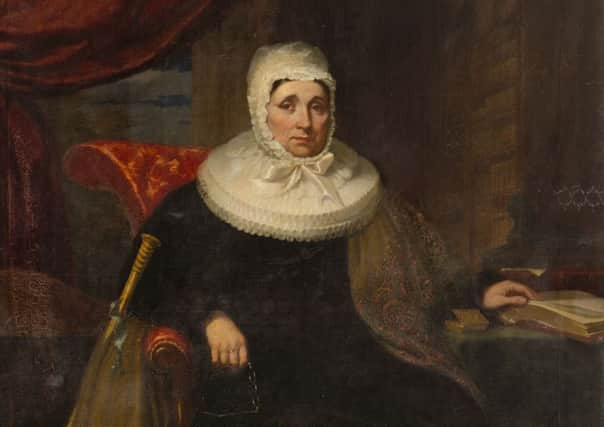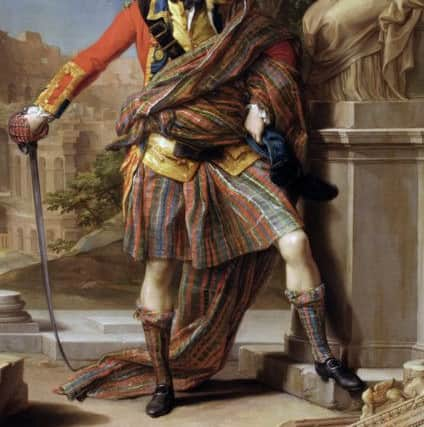Lost portrait of maid who became lady of castle goes on show


Isobel Black married Colonel William Gordon (1736-1816) of Fyvie Castle, Aberdeenshire after giving birth to his son.
While the marriage legitimised their child, Ms Black was not fully accepted by high society and she remained an unpopular figure.


Advertisement
Hide AdThe portrait of Black, painted by Aberdeen artist James Giles, will be displayed at Fyvie Castle this spring.
The piece was discovered last summer and will hang in the place of a portrait of her husband, which is on loan to the Rijksmuseum in Amsterdam for an exhibition on Europe’s most powerful figures through time.
Black is portrayed in a noticeably different style to her husband’s heroic and flamboyant pose. She is pictured in a domestic setting wearing the frilled indoor cap of a married woman and a large white cartwheel ruff.


Vikki Duncan, a curator with for the National Trust for Scotland, explained: “One of the most striking aspects about the painting of Belle Black is the very different way in which she is portrayed compared to her husband. Whereas Colonel Gordon is painted as the grand Roman hero in the prime of his life, she has been painted in late middle age.
“She is wearing an indoor cap, which was a modest necessity worn by matrons and spinsters of the time. She also wears a large cartwheel ruff, which had become fashionable again in an era which harked back to the romanticism of the Elizabethan period – then considered a golden age.
“William Gordon taking his housekeeper as his mistress wouldn’t have been terribly scandalous – it was not unusual at the time – but, by legitimising William Gordon of Fyvie, it was tantamount to saying that he was William Gordon’s son and heir.
Advertisement
Hide AdAlthough he would never inherit his father’s estates, he did inherit Fyvie Castle and William Gordon was raised as a gentleman. He attended Eton, then the University of Cambridge, and was popular within society – unlike his mother.
Ms Duncan added: “This is the first time we will be displaying the portrait of Isobel Black at Fyvie Castle – we only re-discovered the painting at Mar Lodge last summer.
Advertisement
Hide Ad“It had been in storage for years and we then managed to work out who she was. When the portrait of Colonel Gordon returns from Amsterdam, we might look to re-unite the family, displaying them together in one room temporarily in what would be another first for the Trust.”
